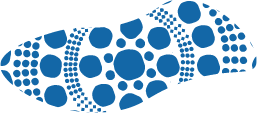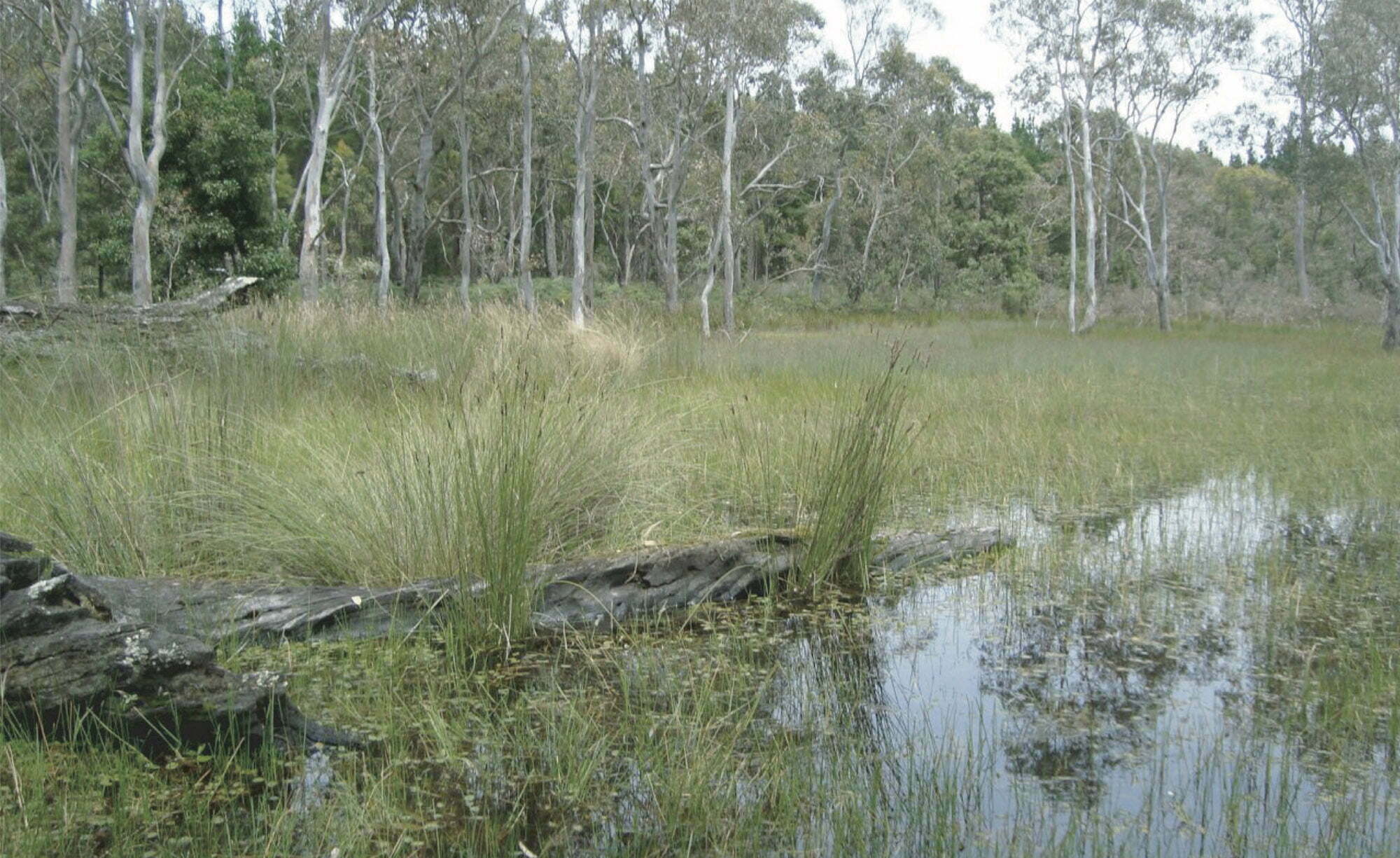Watering to enable basket weaving on Yorta Yorta Country
Yorta Yorta Nation (Victoria)
Yorta Yorta Nation (Victoria)

Weaving is a way of life for the Yorta Yorta People, it’s more than just producing a basket, it is about weaving as a necessity for life. Weaving is a knowledge, an innate cultural practice that is continuous, and has been passed down from generation to generation. Just like language, weaving is about identity and kinship. The importance of passing knowledge down keeps strong ties to Country.
Access to species traditionally used for weaving by the Yorta Yorta People relies on a number of factors to maintain conditions that are favourable, such as water. For the gathering of the weaving species Carex tereticaulis, found in Barmah National Park, flows must be maintained at 30,000 ML/day to assist in the abundance and growth of the species for weaving. The operational constraint is 15,000 ML/d, meaning it usually only gets wet under higher natural flows.

Image: Carex tereticaulis, Harbours Lake, Barmah. Carex is an important speciies for basket weaving. (photo by Keith Ward)
The Yorta Yorta Council of Elders raised concerns about the declining health of their weaving plants due to low flows, with the species only present where water was available. Sharing of the knowledge around these species is what alters a practice, and the impacts of water management and other factors such as climate change will decide whether this practice is passed on. Basket weaving has always been a cultural practice but to highlight this as a project means we get to talk about it. The idea for the basket weaving project started three years ago and needed time for discussion amongst the Elders before the project began.
Two Yorta Yorta Facilitators working as part of The Living Murray Program (TLM) spent a lot of time talking with Elders and community members to gather weaving information, and talked to other project stakeholders regarding the distribution of weaving plants and watering regime in Barmah Forest.
Much of the knowledge of weaving is held within institutions such as museums. In June 2019, the Yorta Yorta TLM Facilitator and two Elders visited the Science Centre in Melbourne to gather any stories about weaving and the South Australian Museum to view weaving made by Yorta Yorta People collected and described by Europeans since the 1800s. The purpose of these visits was to gather additional knowledge held in these collections, transfer information from the written records, and to inspect the style of the basket weave. The Science Centre and the SA Museum referred to their archives as the ‘furniture store’, which houses many physical collections of baskets, tools, implements, feathers etc., as well as written accounts.

A basket weaving gathering was then organised and a message sent out to the weavers through the Elders who weave. The gathering has been referred to as the first Basin Wide TLM Basket Weaving Gathering. Invitations were sent out Basin Wide for a meeting on Dhungala Yorta Yorta Woka (mighty waters of Yorta Yorta Country).
The gathering was held on Saturday 29th June 2019 at a camping place called ‘Morning Glory’, and Elders discussed their concerns around water, the availability of grass species, what’s happening with the water, why is there not enough water for grasses, the availability of plant species for weaving, and why basket weaving is an important continued cultural practice.
The knowledge from these workshops has been used to inform Yorta Yorta and other knowledge holders along Dhungala (great water of the Murray River). A number of ideas, concerns and recommendations were documented during the gathering and these were communicated to government about how to ensure the survival of weaving species.
Yorta Yorta are now looking to hold a weaving gathering at Barmah Forest with their young people, and is an integral part of the project. Yorta Yorta are continuing to work with their community and stakeholders to educate and work with their partners towards being able to gather materials for basket weaving.
This project highlights both the challenges and opportunities in water management. By knowing the species and water requirements, water can be used at the right time and in the right amount to heal Country and People.
In April 2020 the Yorta Yorta Traditional Owner Land Management Board released the Joint Management Plan for the Barmah National Park. The plan sets out the proposed management directions for the Barmah National Park over the next 10 years and includes the protection and provision of water for flows to support vegetation communities such as the grasses used for weaving.
For more information, please visit the Yorta Yorta Traditional Owner website